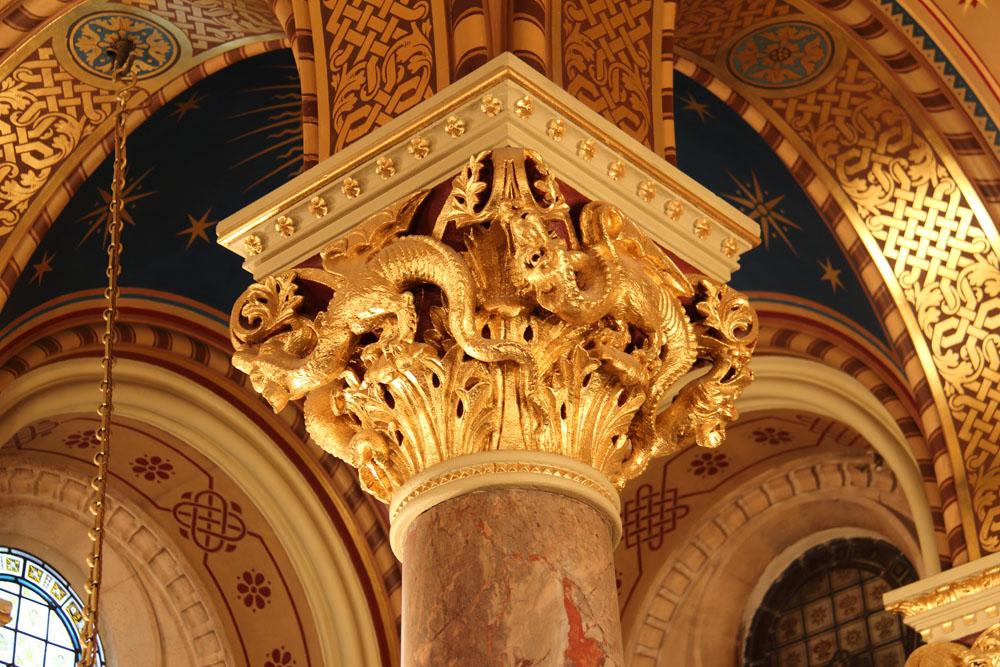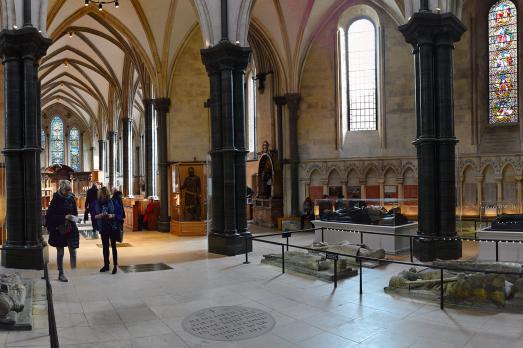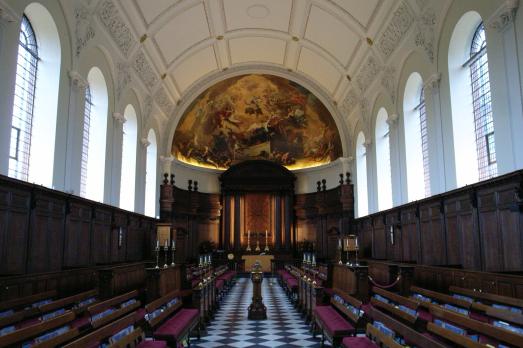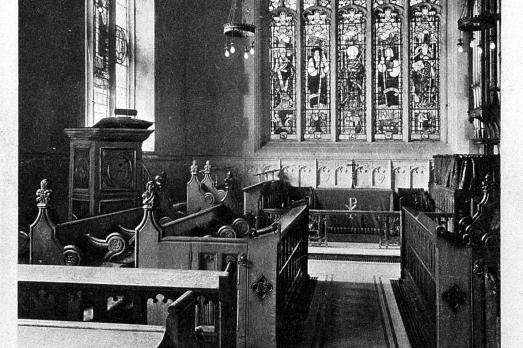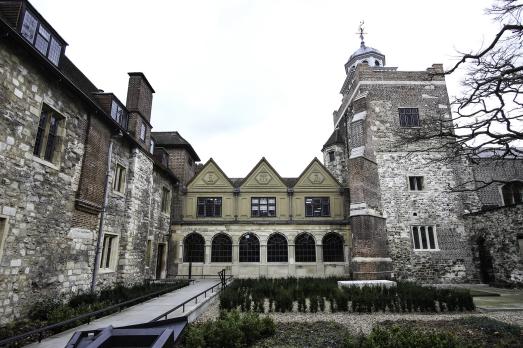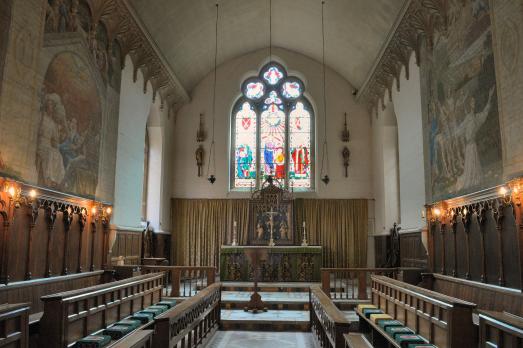
Tait Chapel, Fulham Palace
Fulham Palace was home to the Bishops of London for over 1,000 years and the chapel there, in all its different iterations, remains the private chapel of the bishops. For hundreds of years this particular chapel was built for and would have been used only by a very small number of people, but today it is open to visitors so all can experience and share the wonderful architecture and art inside.

